For The Latest Medical News, Health News, Research News, COVID-19 News, Pharma News, Glaucoma News, Diabetes News, Herb News, Phytochemical News, Thailand Cannabis News, Cancer News, Doctor News, Thailand Hospital News, Oral Cancer News, Thailand Doctors
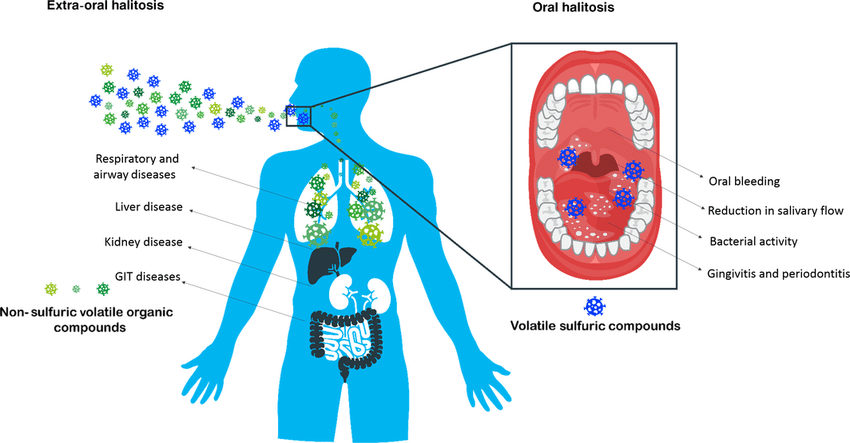
The most typical application for this is in searching for breath biomarkers. In this type of screening study, comparisons are run between the breath spectra of subjects/patients with particular conditions and those of healthy volunteers. As the IONICON PTR-TOFMS instruments can analyze the entire spectrum at once, they are especially appropriate for this application [1].
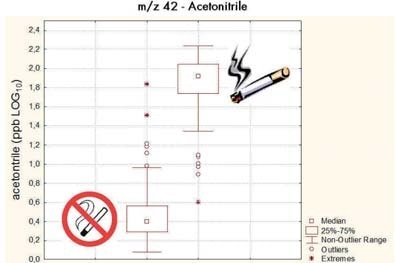
Figure 1: Analyzing the breath of more than 200 subjects, several markers
for smoking can be isolated. Most prominently acetonitrile, which leads to
an almost perfect separation of smokers and non-smokers.
The most conspicuous breath markers are those related to tobacco use, and they can thus be used as a benchmark for the technique. PTR-MS can reach a cross-validate accuracy (AUROC) of 99%, representing the greatest value published for a large study to this date [2].
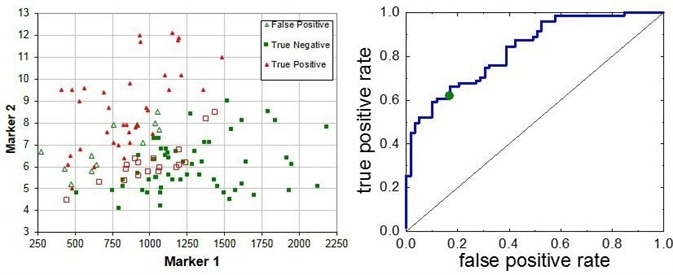
Figure 2: Breath markers for lung cancer require a careful analysis of the data. We found two robust m arkers that give an AUROC value of > 83% (cross-validated).
Biomarkers for lung cancer were able to be identified in a multi-centric clinical study. Through the combination of just two markers, it was possible to meet a cross-validated AUROC value of > 83% for the identification of bronchial adeno-carcinoma [3].
The development of real-time breath analysis opened doors for a variety of new kinds of study in which a subject’s breath is monitored to track the fluctuations of one or more marker compounds over time. The subjects in these monitoring studies represent their own control, making data interpretation a much simpler task.
Pharmacokinetics is the name given to the study of the distribution and elimination of drugs in the body. Breath analysis allows for the non-invasive monitoring of the blood concentration of a drug, and offers data which is refreshed with each exhalation.
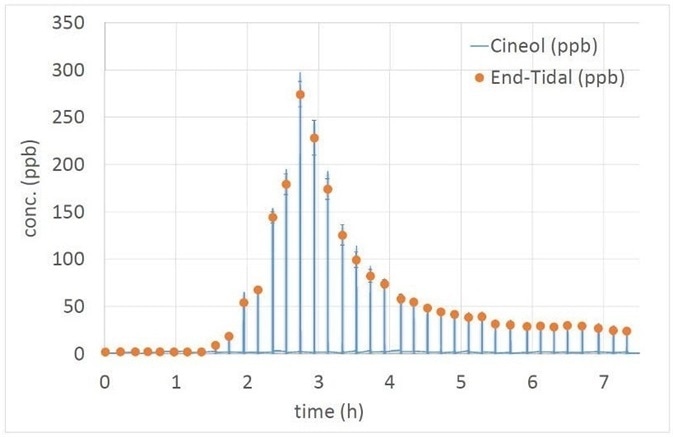
Figure 3: Pharmacokinetical study: full exhalations, recorded every 15 minutes, which depicts the concentration of a drug in the exhaled breath after ingestion (t=0).
In the figure, a sharp rise in the drug concentration is visible, as well as a less rapid decay, from which it is possible to derive pharmacokinetic models. For this behavior, a high sampling frequency is needed, something which would be close to impossible using blood tests or offline analysis [4].
The majority of volatile breath compounds have an impact on a number of metabolic processes. Through the distribution of isotopically labeled educts, the labeling of their metabolic products is also achieved, and these can thus be identified in a mass spectrum.
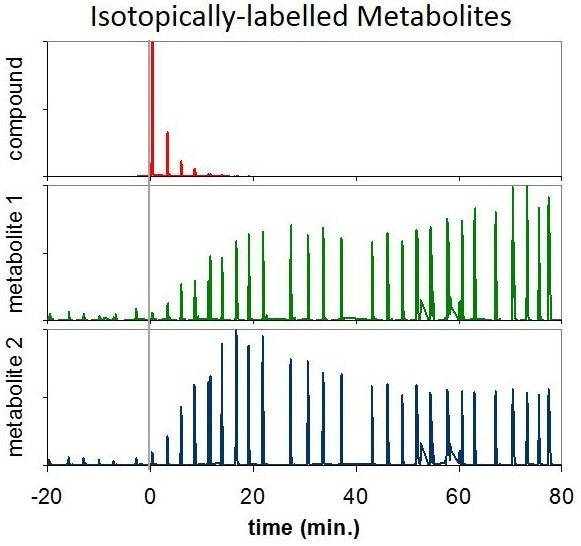
Figure 4: Two isotopically labelled metabolites (green, blue) with individual variations over time, which arise as a result of the ingestion of a labelled compound (red).
This enables researchers to investigate and study particular metabolic processes and deficiencies, making personalized medicine a distinct possibility for the future [5].
[1]: Herbig J, J Breath Res, vol. 3, no. 2, IOP, pp. 027004 (2009)
[2]: Herbig J, 4th Int. Conf. on PTR-MS, IUP Conf. Series, pp. 46-50 (2009)
[3]: Herbig J, 5th Int. Conf. on PTR-MS, IUP Conf. Series, pp. 31-33 (2011)
[4]: Beauchamp J, J Breath Res, vol. 4, no. 2, IOP, pp. 026006 (2010)
[5]: Winkler K, J Breath Res, vol. 7, no. 3, IOP, pp. 036006 (2013)
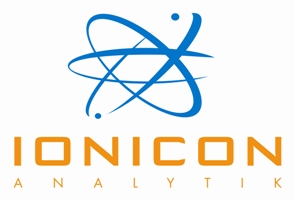
IONICON Analytik was founded 1998 as a spin-off company of the University of Innsbruck, Austria commercializing an innovative technology called Proton Transfer Reaction - Mass Spectrometry.
Since then they have been improving this leading-edge technology resulting in the development of several types of ultra sensitive high resolution online mass spectrometers for monitoring and quantification of volatile organic compounds (VOCs) in sub-pptv level concentrations.
Today they are the world’s leading producer of trace gas analyzers with market-leading, real-time, single-digit pptv-level detection limits using the unique Proton Transfer Reaction – Mass Spectrometry (PTR-MS) and Selective Reagent Ionization – Mass Spectrometry (SRI-MS) technology.
Their product portfolio includes quadrupole MS and time of flight MS based instruments, industrial VOC monitoring solutions and custom built instrumentation, complemented by their own range of trace calibration devices and accessories.
Since 1998, they are serving their customers in many different application areas including atmospheric chemistry, environmental research and trace gas analysis (e.g. emissions in urban and remote areas, indoor spaces, vehicles), food and flavor science (e.g. analysis of coffee, olive oil, butter, cheese, wine, herbal extracts and aromas), industrial VOC monitoring (e.g. in waste incineration plants, chemical factories and production sites of the semiconductor industry) and illicit substances detection (Explosives, CWAs, TICs).
A special focus was given to medical and biotechnological applications where real-time monitoring of industrial fermentation processes, of synthetic gas production processes in the petrochemical industry and real-time breath gas analysis in clinical settings are carried out.
They also offer analytical services and are an active contributor to numerous international scientific research and training projects.
In 2016 they proudly celebrated 300 PTR-MS instruments sold. They manufacture their precision instruments at their company site located in Innsbruck, Austria.
For more information, visit: https://www.ionicon.com